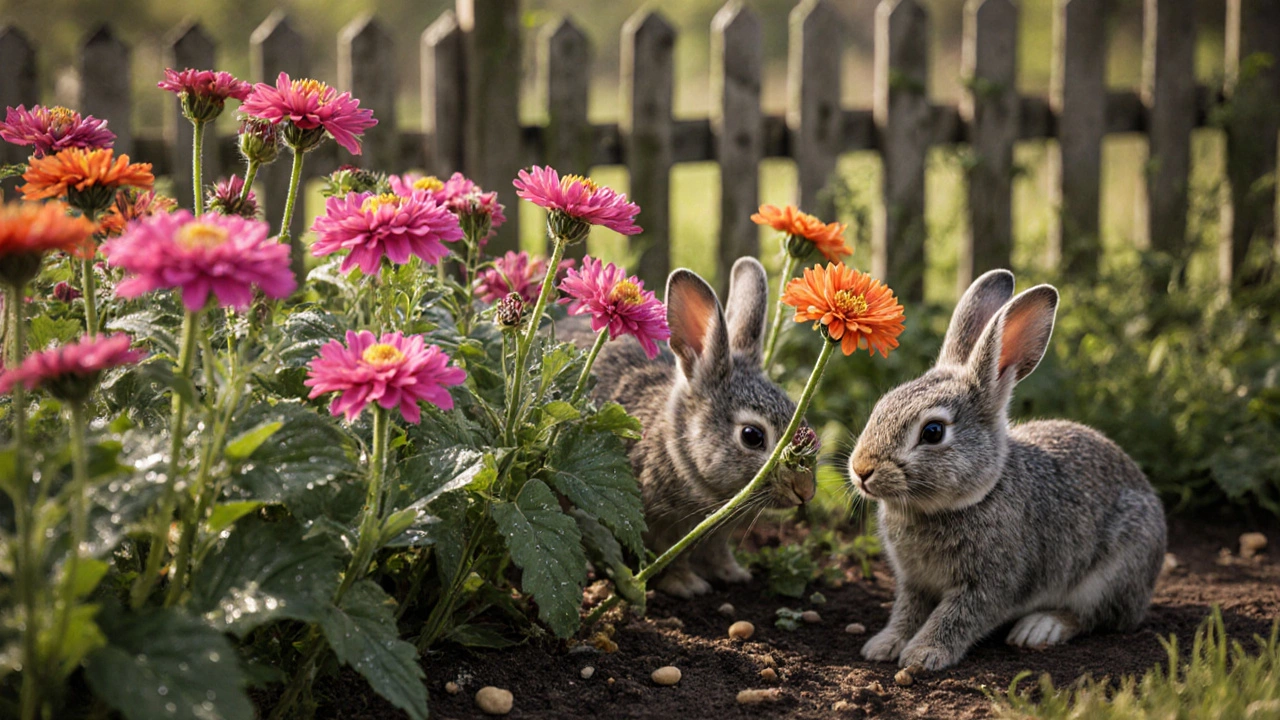Rabbits do eat zinnias, especially in spring and fall. Learn how to protect your kitchen garden flowers with simple, effective strategies - from cages to companion planting - without using harsh chemicals.
Kitchen Gardening: Grow Fresh Food Indoors and on Balconies in India
When you start kitchen gardening, growing herbs, vegetables, or flowers in small spaces like balconies, windowsills, or even kitchen counters. Also known as container gardening, it’s not just about saving money—it’s about having control over what you eat, reducing plastic waste, and connecting with nature without leaving home. In India, where space is tight and heat is constant, kitchen gardening isn’t a trend—it’s a smart, practical way to eat better and live greener.
It doesn’t need a big plot. You just need the right plants, good soil, and a little attention. balcony gardening, a common form of kitchen gardening in Indian cities, works best with south-facing windows or terraces that get at least 4–6 hours of sun. Plants like basil, mint, coriander, and cherry tomatoes thrive here. Even if your balcony gets partial shade, you can grow leafy greens like spinach or amaranth. The key? Pick plants that match your light, not the other way around.
Soil matters more than you think. Dense, heavy soil kills roots. That’s why adding composting, turning kitchen scraps into rich, airy soil is a game-changer. You don’t need a backyard compost bin—just a small bucket, some dry leaves, and a few worms. Vermicomposting works great in apartments. It turns banana peels and tea leaves into nutrient-dense food for your plants, cuts down on trash, and makes your garden healthier without chemicals.
People often think they need fancy tools, but the truth is simpler. A good pot with drainage holes, a trowel, and a watering can are all you need. Drip irrigation helps if you’re away often, but many Indian home gardeners just water by hand—and they do just fine. The real secret? Watch your plants. If leaves turn yellow, they might be overwatered. If they’re drooping, they need more sun. You don’t need a degree in botany—just curiosity and patience.
Kitchen gardening also fits India’s seasons. In summer, go for heat-tolerant plants like okra or chili peppers. In winter, grow carrots, radishes, or fenugreek. You’ll find that some plants, like the king of vegetables—brinjal—can even grow in pots if you give them enough space and sun. And if you’re wondering which flowers bloom all year, you’ll find that jasmine, marigold, and hibiscus not only look beautiful but also attract pollinators that help your veggies grow.
There’s no one-size-fits-all setup. Your kitchen garden should reflect your space, your habits, and your taste. Maybe you want fresh herbs for your dal or tomatoes for your chutney. Maybe you just want greenery to brighten your day. Either way, kitchen gardening gives you power—over your food, your health, and your environment. Below, you’ll find real tips from people who’ve done this in Indian apartments, balconies, and rooftops. No fluff. Just what works.
Wondering how to start your first kitchen garden? This article breaks down the basics of laying out a garden for beginners, step by step. Learn how to pick the right spot, plan simple beds, choose what to grow, and avoid rookie mistakes. Get practical tips, clever tricks, and easy ideas that actually work, no matter your space or budget. Build a beginner-friendly kitchen garden that will have you harvesting fresh veggies in no time.
Ever wondered if those stunning bleeding heart plants you love will return each year? This article explains their growing habits, how to ensure they keep coming back, and easy tips to keep them healthy. Learn where to plant them, what conditions they thrive in, and what to do if they suddenly disappear. Perfect for kitchen gardeners who want beauty with little fuss.


